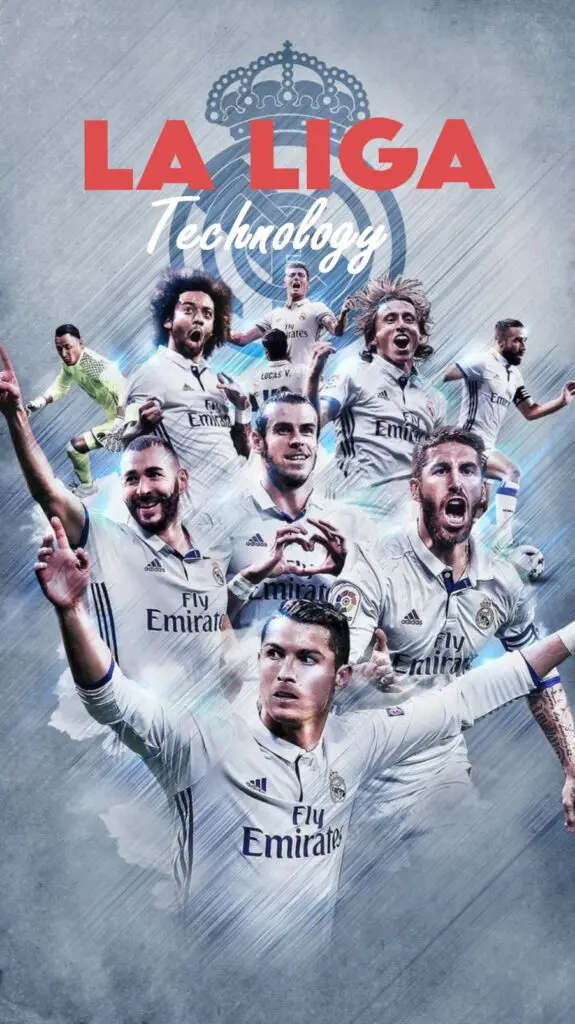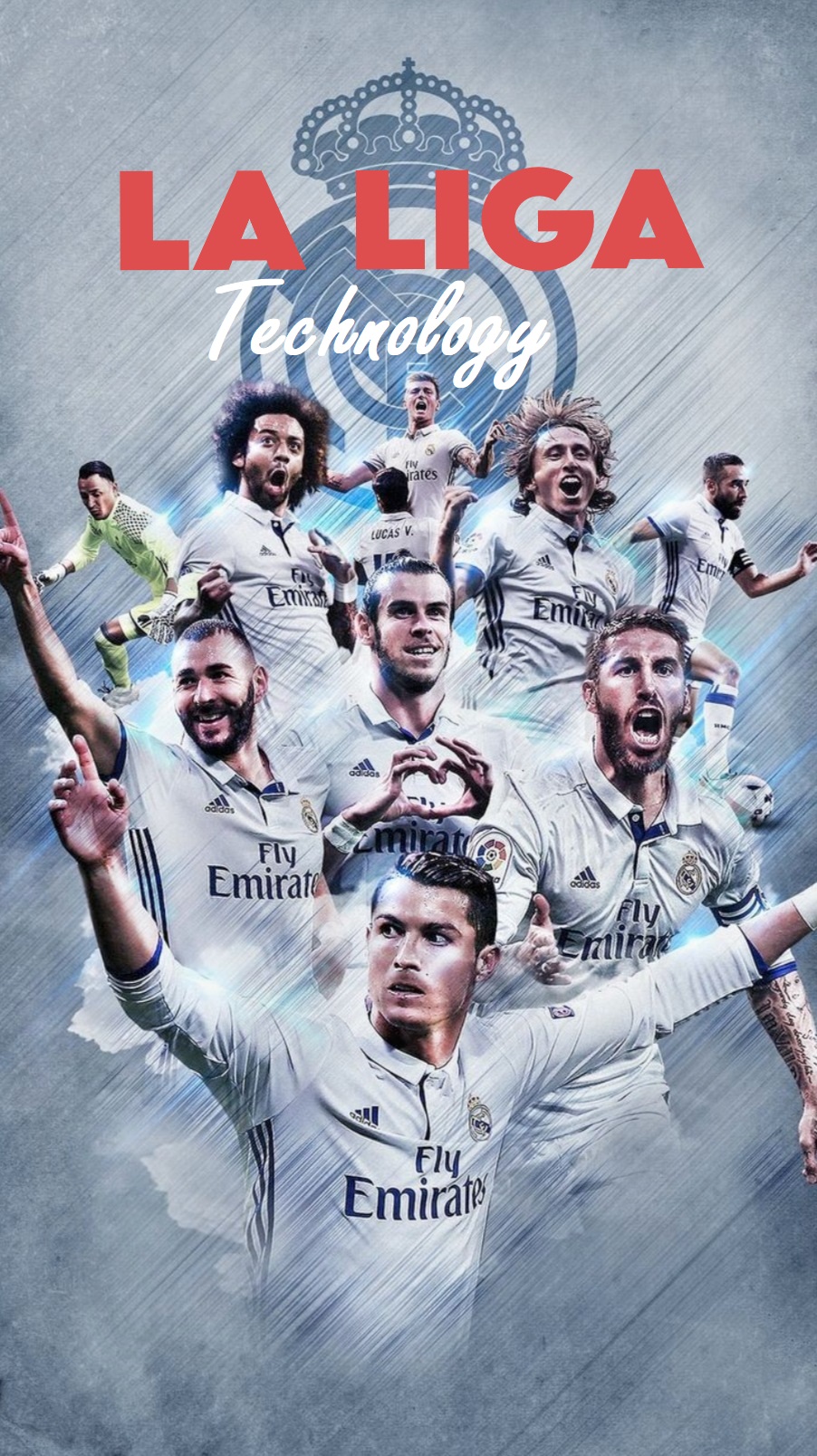La Liga Goal Line Technology: Ensuring Fairness in Football
Goal-line La Liga technology (GLT) has become an integral part of modern football, providing a definitive method to determine whether the ball has crossed the goal line. This article discusses goal-line technology in La Liga, Spain’s top professional football league, outlining how it works, its impact on the game, and its role in ensuring fairness and reducing controversy.
Understanding Goal Line Technology
Goal-line La Liga technology uses advanced electronic systems to detect whether a football has completely crossed the goal line. It helps referees make accurate decisions in situations where it is difficult to judge with the naked eye. In La Liga, GLT plays a crucial role in reducing errors and ensuring fair play.
How Does Goal Line Technology Work?
The technology used in La Liga is based on a combination of high-speed cameras and computer software. Here’s a brief overview of how it operates:
- Camera System: Multiple high-speed cameras are installed around the football pitch, focused on each goal. These cameras capture detailed images of the ball’s movement near the goal line.
- Ball Tracking: The cameras are synchronized to track the ball’s position in real time. Advanced software processes the images to determine if the ball has crossed the goal line.
- Instant Notification: If the system detects that the ball has fully crossed the line, a signal is sent to the referee’s watch or earpiece, providing an immediate confirmation. This allows referees to make quick and accurate decisions without stopping the game for extended periods.

The Impact of Goal Line Technology in La Liga
GLT has had a significant impact on La Liga and the wider world of football, offering several benefits to the game:
1. Reducing Controversy
Goal-line technology helps eliminate controversial decisions regarding goals. In the past, referees had to rely on their judgment or linesmen to determine if a goal was scored. GLT provides a clear, objective answer, reducing the potential for disputes among players, coaches, and fans.
2. Ensuring Fairness
By providing an accurate determination of whether the ball has crossed the goal line, GLT ensures a fair outcome. This is crucial in high-stakes matches where a single goal can make a significant difference. La Liga’s adoption of this technology demonstrates its commitment to fair play and maintaining the integrity of the game.
3. Supporting Referees
Referees in football often face immense pressure to make split-second decisions. Goal-line technology eases this burden by offering a reliable tool to assist them. With GLT, referees can confidently make goal-related calls without second-guessing or hesitating, allowing them to focus on other aspects of the game.
Implementation in La Liga
La Liga, being one of the most prestigious football leagues in the world, has embraced goal-line technology to maintain high standards. The league implemented GLT in the 2017-2018 season, following its successful use in other competitions like the FIFA World Cup and the English Premier League. Since then, it has become a standard feature in all La Liga matches.
Technology Providers
The goal-line technology used in La Liga is supplied by Hawk-Eye Innovations, a company known for its precision tracking systems in sports. Hawk-Eye’s technology is widely recognized for its accuracy and reliability, making it a popular choice for football leagues worldwide.
Challenges and Considerations
While goal-line technology offers many advantages, there are some challenges and considerations:
1. Cost and Infrastructure
Implementing goal-line technology can be costly, requiring specialized cameras, software, and maintenance. Smaller football leagues or lower-division teams might find it challenging to invest in this technology. La Liga, as a top-tier league, can afford this investment, but cost remains a barrier for others.
2. Technology Limitations
Although goal-line technology is highly accurate, it’s not infallible. There may be rare instances where the system’s accuracy is questioned, leading to controversy. However, these cases are typically few and far between, and the benefits of GLT outweigh the limitations.
For an unexpected reason, La Liga, the top division of Spanish football, is unique among major European leagues in that it is the only one without goal-line technology (GLT). There has been discussion and criticism surrounding this absence, with many questioning why a league of this caliber hasn’t adopted this generally recognized technology.
Controversies surrounding this technology
Goal-line technology (GLT) has been a major advancement in ensuring fairness in football by accurately determining whether a goal has been scored. However, despite its benefits, GLT has not been without controversy. Here are some of the controversies and criticisms that have arisen in relation to this technology:
1. Accuracy and Reliability
While GLT is designed to be highly accurate, there have been cases where its accuracy has been questioned. For instance, technology glitches or misinterpretation of data can lead to incorrect goal determinations. In rare cases, the technology might not capture specific angles or could be influenced by technical malfunctions, leading to erroneous decisions. This can spark debates among fans, players, and officials about the system’s reliability.
2. Cost and Accessibility
Goal-line technology can be expensive to implement and maintain. The cost includes the installation of high-speed cameras, sensors, and the supporting infrastructure. This has raised concerns about its accessibility for lower-tier leagues, smaller clubs, and developing football nations. Critics argue that the high cost creates a divide between leagues that can afford the technology and those that cannot, leading to potential inequalities in the game.
3. Dependence on Technology
GLT reduces human error, but it also shifts some control from referees to technology. This dependency can be problematic if the technology fails or if there’s uncertainty about the system’s output. Critics suggest that this reliance on technology diminishes the role of human judgment, potentially impacting the flow of the game.
4. Impact on Referees
While GLT aims to assist referees, it can also lead to increased scrutiny of their decisions. In some cases, referees might hesitate to make calls, relying on technology to confirm their judgments. This hesitation can affect their confidence and ability to make quick decisions on the field. Furthermore, if a controversial goal-related call occurs, the blame can shift to the referees or the technology provider, leading to further scrutiny and criticism.
5. Legal and Regulatory Issues
GLT has sparked debates about its regulation and oversight. Questions arise about who is responsible for ensuring the technology’s accuracy and maintaining its integrity. Disagreements over the regulation of GLT can lead to disputes between football governing bodies, technology providers, and clubs. Ensuring consistent implementation and oversight across different leagues and competitions can be challenging.
6. Fairness and Equality
While GLT aims to ensure fairness in football, its limited implementation in lower-tier leagues and smaller competitions can lead to a lack of uniformity. This inconsistency raises concerns about the game’s overall fairness and whether technology should be used in all levels of football to maintain a level playing field.
Despite these controversies, goal-line technology has generally been a positive addition to football, reducing errors and controversies related to goal decisions. However, addressing these concerns is crucial to maintaining the integrity and credibility of the technology, ensuring that it contributes to the overall fairness and enjoyment of the game.
The Argument in Favor of GLT
GLT proponents emphasize that in close calls where the ball just barely crosses the line, their technology can completely remove human error. To ascertain if the ball has completely crossed the line, the technique employs high-speed cameras that are positioned strategically all around the goal. The referee receives this information by a vibration on their watch, which guarantees a prompt and correct decision.
There have been controversial times due to the absence of GLT. A recent instance of this was Atletico Madrid’s game versus Espanyol, where they might have lost two points due to a disputed goal. Even though La Liga uses Video Assistant Referee (VAR), they were unable to clearly overturn the call since they did not have the specific camera arrangement for GLT.
Arguments Against GLT
Cost is the main defense used against GLT in La Liga. According to La Liga president Javier Tebas, the cost of putting the technology into practice is “too expensive,” citing estimates of about €3 million. This position has drawn criticism, especially in light of the league’s substantial financial resources.
There are many who contend that concentrating on officiating enhancements would be a more economical approach. Furthermore, there’s a worry that GLT might interfere with the
Goal-line technology has revolutionized the way football is played and officiated. In La Liga, it has become an essential tool for ensuring fairness and reducing controversy. By providing an accurate and reliable method to determine if a goal has been scored, GLT has enhanced the integrity of the game and supported referees in their decision-making.
La Liga’s adoption of goal-line technology demonstrates its commitment to embracing innovation to improve the quality of football. As technology continues to advance, GLT will remain a crucial component of the modern football experience, promoting fair play and reducing contentious decisions.
More Interesting Articles –





